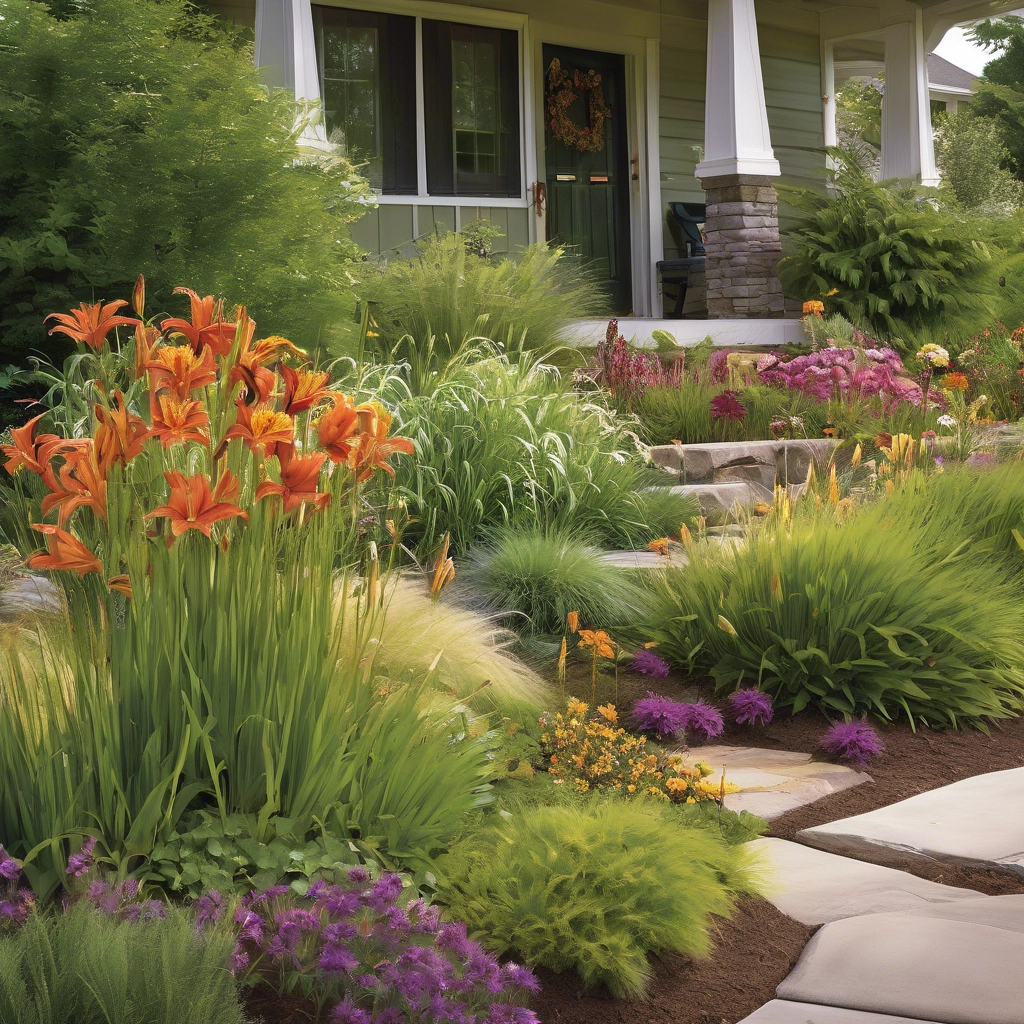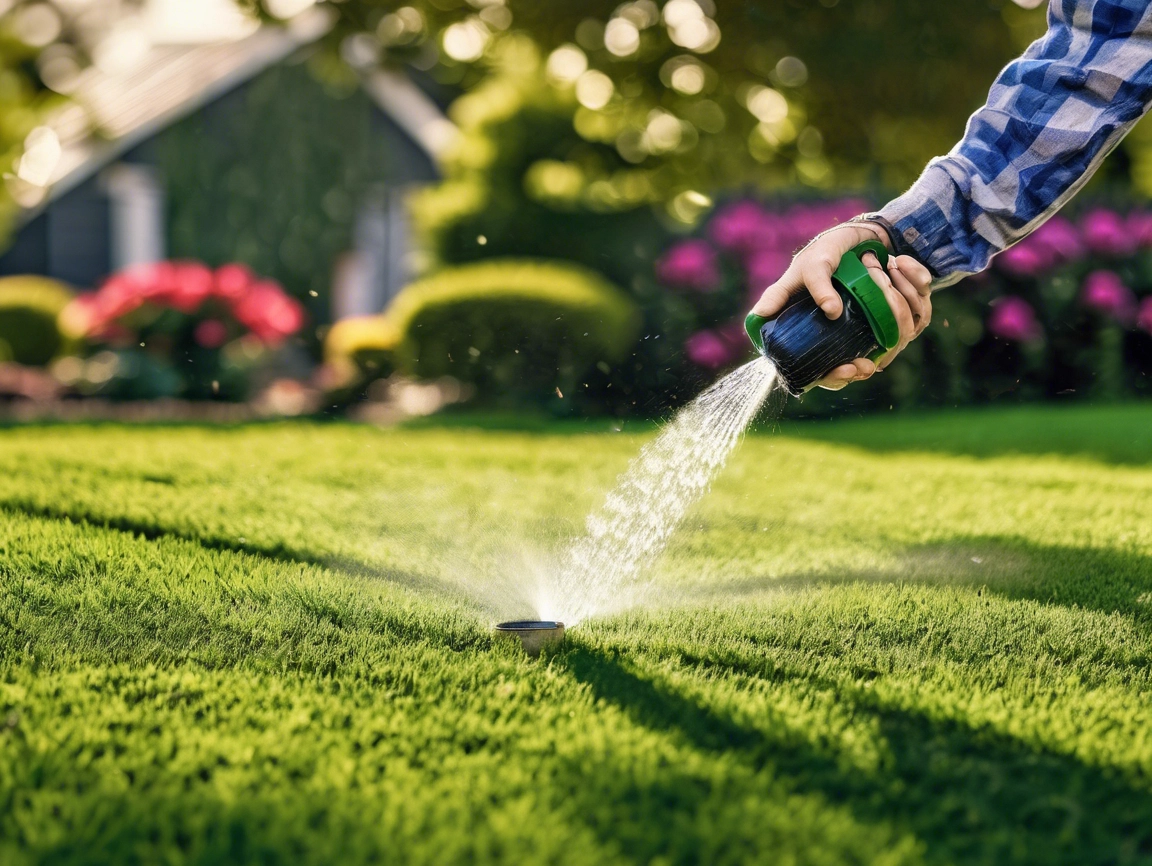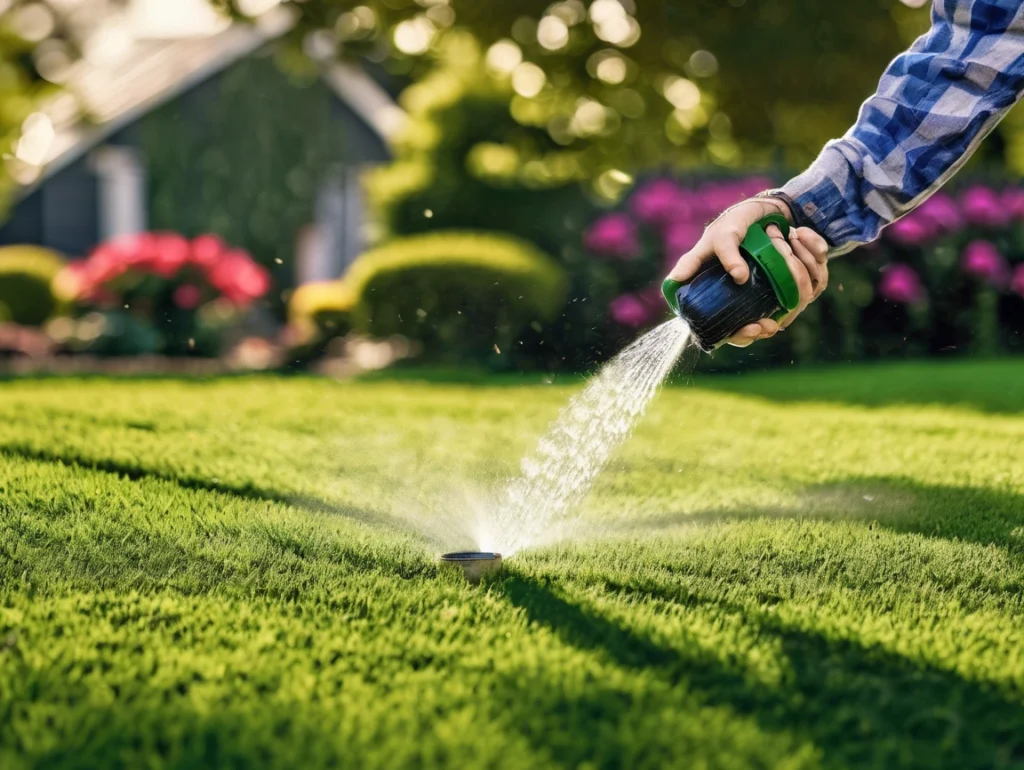
Creating a beautiful front yard doesn’t have to mean hours of weekly maintenance. For homeowners who want a vibrant, welcoming landscape without the constant upkeep, low-maintenance plants are the perfect solution. These plants are hardy, adaptable, and require minimal care, making them ideal for busy schedules or those new to gardening. At Sharp Edge Web, we’re passionate about helping you design outdoor spaces that are both stunning and sustainable. Here’s our list of the top 10 low-maintenance plants to elevate your front yard, along with tips on how to incorporate them for maximum impact.
Why Choose Low-Maintenance Plants?
Low-maintenance plants are a game-changer for modern landscaping. They thrive with little watering, pruning, or fertilizing, saving you time and money. Many are drought-tolerant or resistant to pests, making them eco-friendly choices that reduce water usage and chemical treatments. These plants also enhance curb appeal, increasing your property’s value and creating a welcoming first impression. Whether you live in a hot, arid climate or a cooler, temperate region, there’s a low-maintenance plant suited to your needs.
1. Lavender (Lavandula spp.)
Lavender is a fragrant, drought-tolerant perennial that adds a pop of purple to any front yard. Its silvery-green foliage and vibrant blooms attract pollinators like bees and butterflies, boosting your garden’s ecosystem. Lavender thrives in full sun and well-drained soil, requiring minimal watering once established. Plant it along walkways or in borders for a classic, Mediterranean look.
Care Tips: Prune lightly after flowering to maintain shape. Avoid overwatering, as lavender prefers dry conditions. Hardy in USDA zones 5-9.
2. Sedum (Sedum spp.)
Sedum, or stonecrop, is a succulent with fleshy leaves and star-shaped flowers that bloom in late summer. Its ability to store water makes it incredibly drought-tolerant, perfect for sunny, dry yards. Varieties like ‘Autumn Joy’ offer stunning fall color. Sedum works well in rock gardens or as ground cover.
Care Tips: Plant in full sun with sandy or gravelly soil. Divide clumps every few years to prevent overcrowding. Hardy in zones 3-9.
3. Russian Sage (Perovskia atriplicifolia)
With its airy, silver-blue foliage and lavender-colored flower spikes, Russian sage adds elegance to any landscape. This woody perennial thrives in hot, sunny conditions and is highly drought-tolerant. It’s perfect for creating a soft, feathery backdrop in mixed borders.
Care Tips: Cut back to 6 inches in early spring to encourage new growth. Avoid rich soils, as they can cause leggy growth. Hardy in zones 5-9.
4. Coneflower (Echinacea purpurea)
Coneflowers are native perennials known for their bold, daisy-like flowers in shades of purple, pink, and white. They attract pollinators and are resistant to drought, heat, and poor soil. Coneflowers are ideal for adding color to sunny beds or wildflower-inspired designs.
Care Tips: Deadhead spent blooms to extend flowering. Divide every 3-4 years to maintain vigor. Hardy in zones 3-8.
5. Ornamental Grasses (Various spp.)
Ornamental grasses like fountain grass (Pennisetum alopecuroides) or blue fescue (Festuca glauca) add texture and movement to front yards. They’re drought-tolerant, pest-resistant, and require minimal care. Grasses work well as accents or in mass plantings.
Care Tips: Cut back in late winter to promote new growth. Choose varieties suited to your climate. Hardy in zones 4-9, depending on species.
6. Yarrow (Achillea millefolium)
Yarrow is a tough perennial with feathery foliage and flat-topped flower clusters in shades of yellow, pink, or white. It’s drought-tolerant, deer-resistant, and thrives in poor soil. Yarrow is perfect for sunny borders or cottage-style gardens.
Care Tips: Cut back after blooming to encourage reblooming. Divide every few years. Hardy in zones 3-9.
7. Daylily (Hemerocallis spp.)
Daylilies are virtually indestructible, with strap-like leaves and trumpet-shaped flowers in a range of colors. Each bloom lasts only a day, but plants produce multiple flowers over weeks. They’re drought-tolerant and adapt to various soils.
Care Tips: Remove spent flower stalks to keep plants tidy. Divide every 3-5 years. Hardy in zones 3-9.
8. Black-Eyed Susan (Rudbeckia hirta)
This cheerful native perennial features golden-yellow flowers with dark centers, blooming from summer to fall. Black-eyed Susans are drought-tolerant, attract pollinators, and thrive in full sun. They’re ideal for informal or prairie-style landscapes.
Care Tips: Deadhead to prolong blooming. Divide every 3-4 years. Hardy in zones 3-9.
9. Catmint (Nepeta spp.)
Catmint offers soft, gray-green foliage and spikes of lavender-blue flowers that bloom for months. It’s drought-tolerant, deer-resistant, and attracts pollinators. Use it as a ground cover or in borders for a relaxed, cottage-garden vibe.
Care Tips: Shear back after first bloom to encourage reblooming. Prefers well-drained soil. Hardy in zones 4-8.
10. Juniper (Juniperus spp.)
Juniper is an evergreen shrub with needle-like foliage, perfect for year-round structure. Varieties like ‘Blue Star’ or ‘Bar Harbor’ are low-growing and drought-tolerant, ideal for ground cover or foundation plantings. Junipers are low-maintenance and adaptable.
Care Tips: Plant in full sun with good drainage. Prune sparingly to maintain shape. Hardy in zones 3-9.
Designing Your Front Yard with Low-Maintenance Plants
To create a cohesive look, group plants with similar water and sunlight needs. For example, pair lavender and Russian sage for a drought-tolerant, silvery-blue theme, or mix coneflowers and black-eyed Susans for a vibrant, pollinator-friendly bed. Use ornamental grasses or junipers to add structure and texture, especially near walkways or driveways. Incorporate mulch to reduce weeds and retain moisture, further minimizing maintenance.
Consider your climate and soil type when selecting plants. For instance, sedum and yarrow excel in dry, sandy soils, while daylilies and coneflowers adapt to clay or loamy conditions. Check your USDA hardiness zone to ensure plant suitability. If you’re unsure, consult a local nursery or landscaping professional for region-specific advice.
Maintenance Tips for Long-Term Success
While these plants are low-maintenance, a little care goes a long way. Water deeply but infrequently during the first year to establish roots. Apply a 2-3 inch layer of organic mulch annually to suppress weeds and conserve water. Prune or deadhead as needed to keep plants tidy and encourage blooming. Most importantly, avoid over-fertilizing, as many of these plants thrive in lean conditions.
The Benefits of a Low-Maintenance Front Yard
A front yard filled with low-maintenance plants offers more than just beauty. It reduces water bills, saves time on upkeep, and supports local wildlife through pollinator-friendly species. Plus, a well-designed landscape boosts your home’s curb appeal, potentially increasing its resale value. According to the National Association of Realtors, good landscaping can add up to 12% to a home’s value.
Get Started Today
Ready to transform your front yard? Start by assessing your space, noting sunlight patterns and soil conditions. Choose 3-5 plants from this list to create a balanced, low-maintenance design. For professional guidance, Sharp Edge Web connects you with landscaping experts who can bring your vision to life. Visit our site for more tips and inspiration to make your outdoor space both beautiful and effortless.



